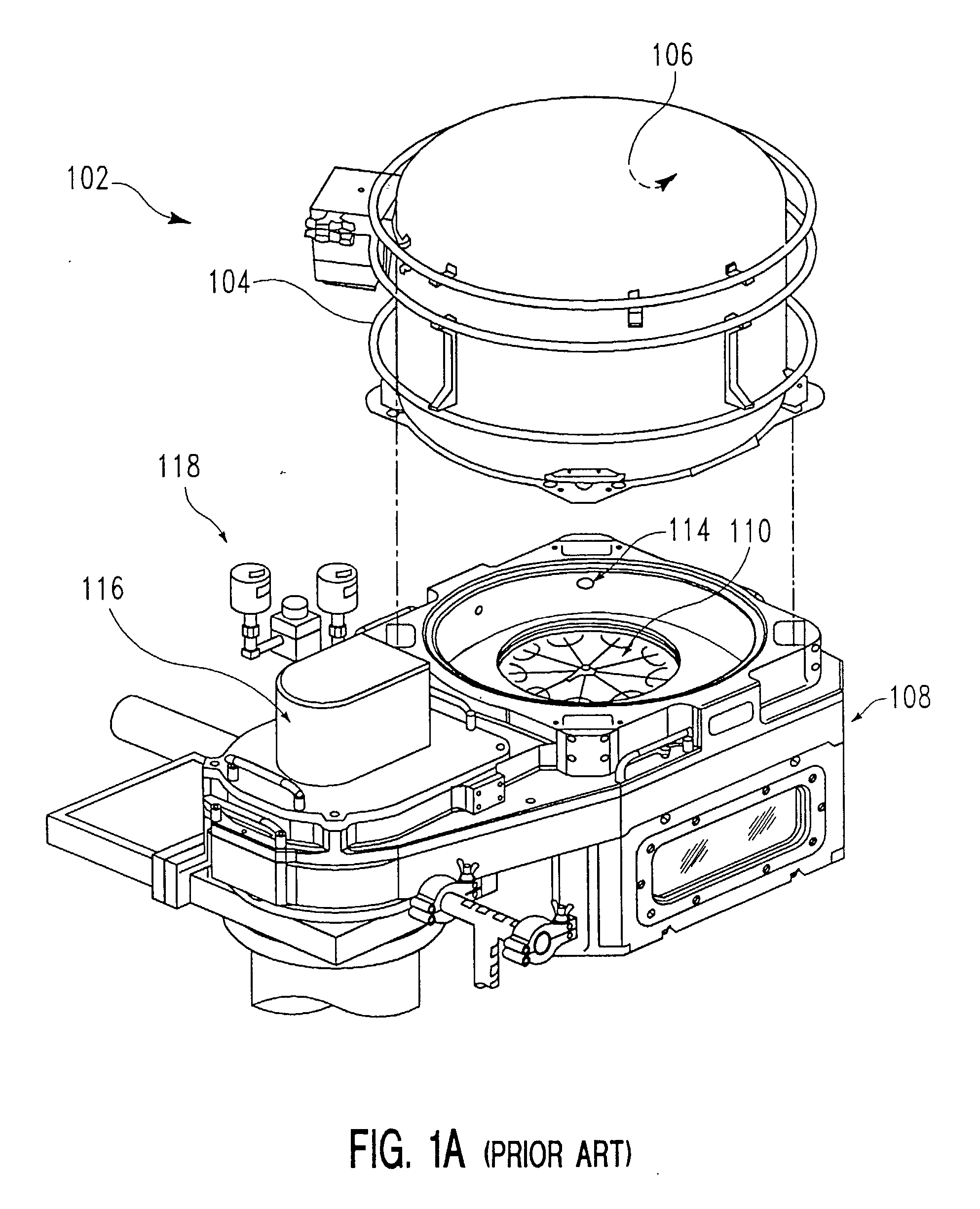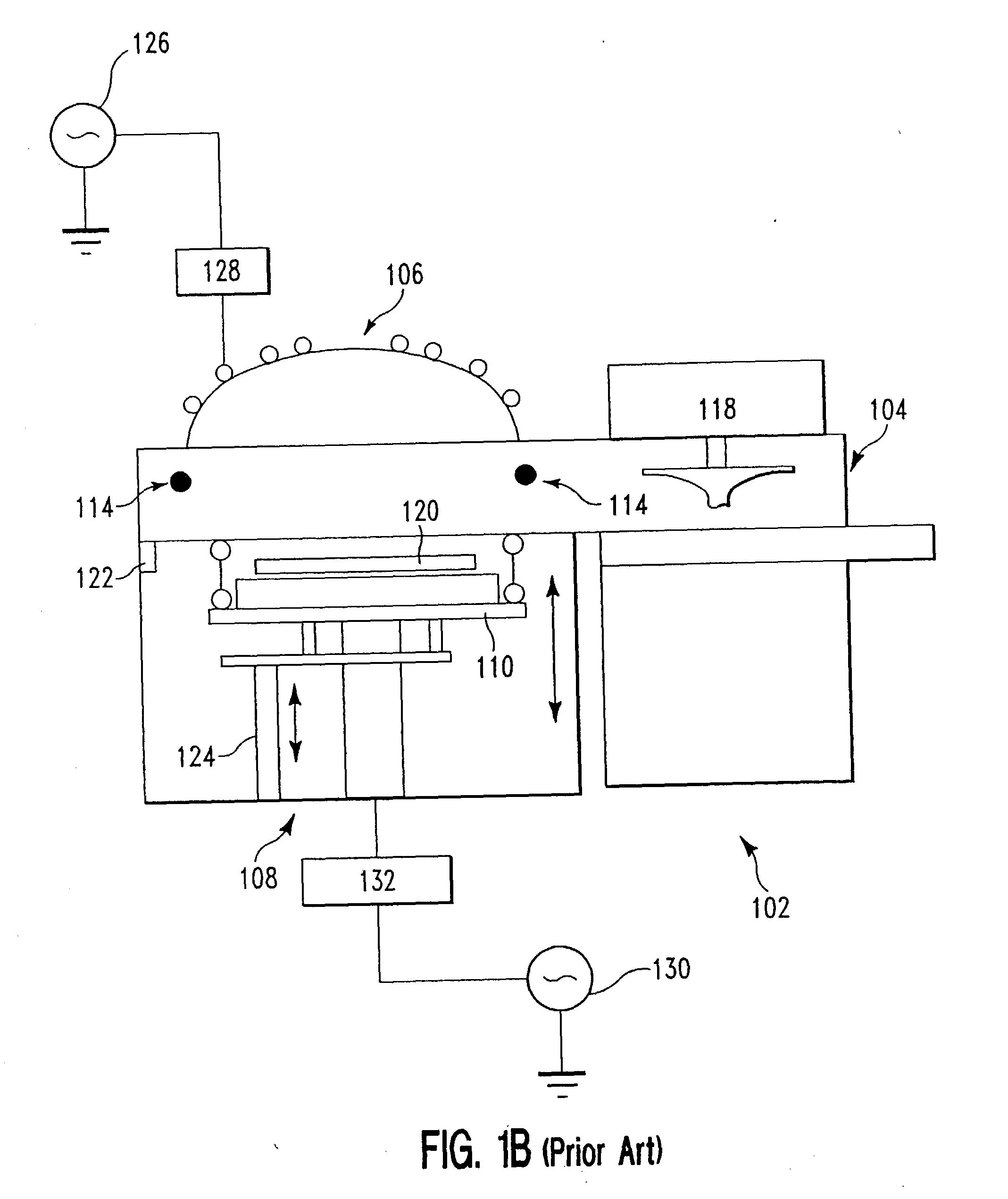Method of micromachining a multi-part cavity
- Summary
- Abstract
- Description
- Claims
- Application Information
AI Technical Summary
Problems solved by technology
Method used
Image
Examples
example two
[0163] Referring back to FIG. 8A, a patterned film stack 810 was provided on an upper surface of a single-crystal silicon substrate 802. The patterned film stack included, from top to bottom, a silicon oxide masking layer 808, a silicon nitride etch barrier layer 806, and a gate dielectric layer 804. An upper surface 805 of the single-crystal silicon substrate 802 was exposed.
[0164] In this instance, the gate dielectric layer 804 was a silicon oxide (SiO.sub.x) layer formed by thermal oxidation of the underlying single-crystal silicon substrate 802, using techniques known in the art. The thickness of the gate dielectric layer 804 on the substrate surface 803 was approximately 50 .ANG..
[0165] The silicon nitride layer 806, which functions as an etch barrier layer throughout the method of the invention, was formed to have an initial thickness of approximately 2200 .ANG.. Other possible materials that can serve as etch barrier layers include, without limitation, silicon dioxide, titani...
PUM
| Property | Measurement | Unit |
|---|---|---|
| Fraction | aaaaa | aaaaa |
| Fraction | aaaaa | aaaaa |
| Percent by volume | aaaaa | aaaaa |
Abstract
Description
Claims
Application Information
 Login to View More
Login to View More - R&D
- Intellectual Property
- Life Sciences
- Materials
- Tech Scout
- Unparalleled Data Quality
- Higher Quality Content
- 60% Fewer Hallucinations
Browse by: Latest US Patents, China's latest patents, Technical Efficacy Thesaurus, Application Domain, Technology Topic, Popular Technical Reports.
© 2025 PatSnap. All rights reserved.Legal|Privacy policy|Modern Slavery Act Transparency Statement|Sitemap|About US| Contact US: help@patsnap.com



